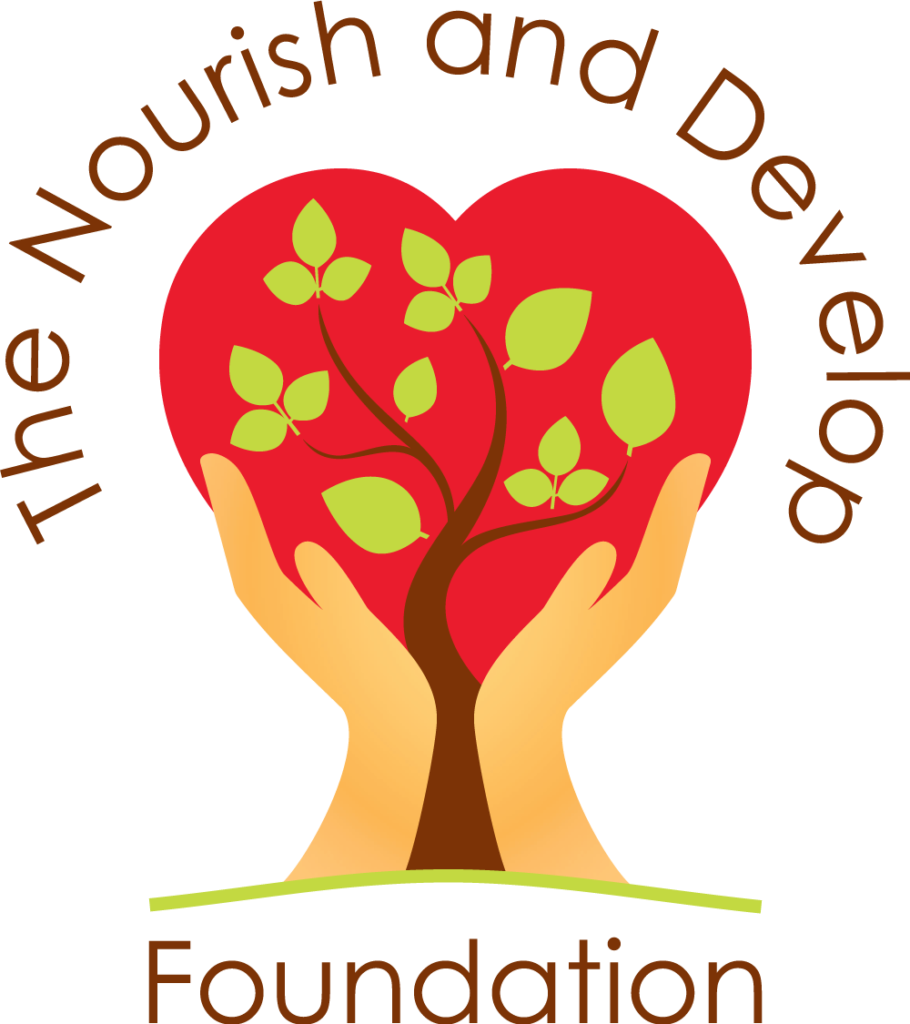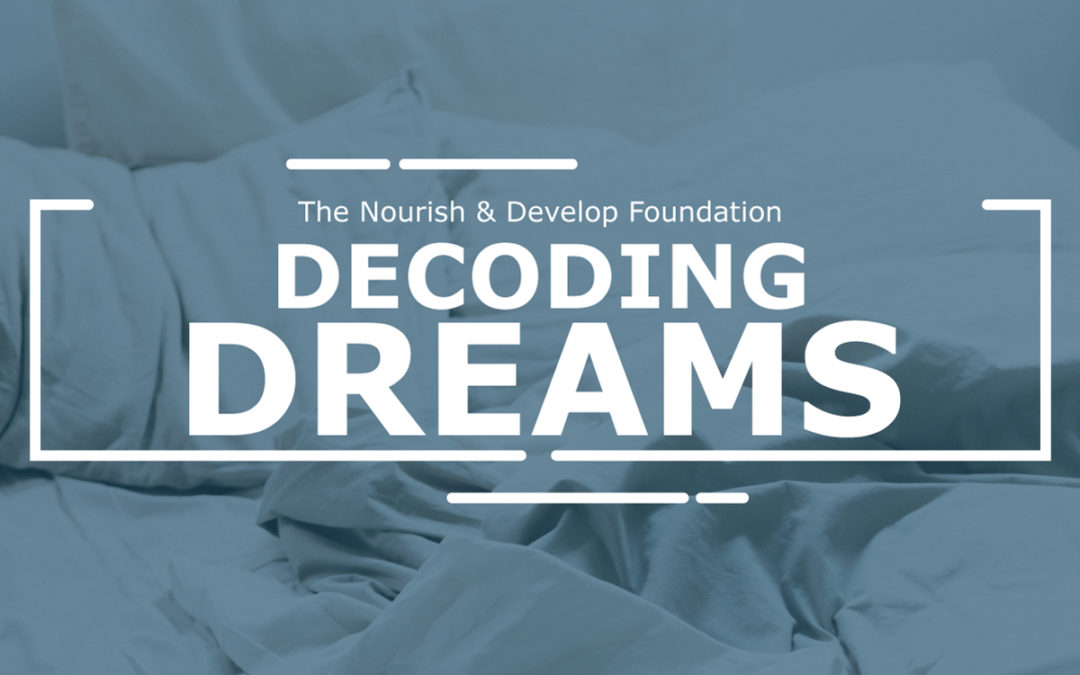Dreams are made up of the images, thoughts, and emotions that
we experience during sleep. They are an interesting phenomenon, with so much left for science to explore. It is widely believed that everyone dreams, regardless of if one remembers upon awakening. If you have recalled a dream, it is possible you have woken up feeling confused, upset, anxious, or elated. Sometimes it can take a bit of time to make the connection between what was dream and what is reality. It can be fun to try to interpret the meaning behind our dreams for spiritual and entertainment purposes, but there are circumstances in which our dreams can allude to potential health conditions (like vivid, frequent, and greater recall being a sign of pregnancy). Join us in reviewing what we do know about dreaming and search through the possibilities!
- Most of us have 4-6 dreams a night and forget 95% of them shortly after waking
- Our most vivid dreams occur during the REM (rapid eye movement) cycle of sleep
- 65% of what we experience in our dreams are related to what occurs in our daily lives
- Brain waves are more active when we dream than when we are awake
- Fetuses of nearly 7 months have the capability to dream
- To consolidate memories
- To process emotions
- To help problem solve
- To facilitate creative tendencies
- To prepare for potential threats
TRENDING THEORIES
1. Firing Neurons
According to the ‘Activation-Synthesis’ hypothesis, dreams are attributed to no particular meaning and instead are a series of electrical brain impulses that pull random thoughts and images from our memories. In this case, dreams are a result of making sense of our biological processes and neural activity.
2. Resiliency Building
From an evolutionary perspective, ‘Threat Simulation’ theory views dreaming as a defense mechanism, where we can practice dealing with real-world issues and therefore respond to stress in a healthier way. For example, if you dream about a conflict at work, you can experience how it plays out through simulation (the dream) and get an idea on how to handle a similar situation if it arises in daily life.
3. Window into the Subconscious
Psychoanalyst Sigmund Freud was the first to suggest that what we dream represents our unconscious, repressed desires. In this ‘Psychoanalytic Wish-Fulfillment’ theory, it is believed that our impulses need to be satisfied in order to be happy and healthy and because doing so can be inappropriate in society, we can use our dreams as an outlet to express such thoughts and behaviours.
4. Pruning
Neural connections are constantly being made in the neocortex region of the brain. It is thought that as the number of connections increase, they lose their efficiency. ‘Reverse Learning’ theory states that dreaming takes place while the brain sifts through information that is gathered throughout the day to eliminate all unwanted and non-useful material, like a mental declutter, to ensure important information is prioritized.
NAVIGATING NIGHTMARES
Unfortunately, fear and anxiety find their way into our sleep in the form of nightmares and having a mental illness such as depression or a mood-related disorder can trigger intense and sometimes unpleasant dreams. It is important to take care of your mental health and to participate in treating any mental health problems, as they can negatively affect your quality of sleep and in turn, worsen your condition.
Before going to bed, refrain from the following activities to reduce nightmares:
- Eating and drinking caffeine and alcohol
- Smoking cigarettes
- Exercising
- Watching or reading scary content
- Using your cellphone or technological device
- Practice good sleep hygiene
It might be worthwhile to get a check-up when nightmares are:
- Frequent
- Reoccurring
- Aggressive (you may physically act out in response)
As it could be a sign of an underlying health condition (sleep apnea, Parkinson’s disease, heart trouble) or a side effect of a medication, or a mental illness (anxiety, depression, post-traumatic stress disorder).
For your amusement
9 Common Dreams and What They Supposedly Mean
5 Techniques to Try for Lucid Dreaming
SOURCES
https://www.verywellmind.com/why-do-we-dream-top-dream-theories-2795931 https://onlinelibrary.wiley.com/doi/full/10.1002/hbm.24843 https://journals.sagepub.com/doi/full/10.26599/BSA.2018.9050005 https://www.healthline.com/health/why-do-we-dream#what-influences-dreams



